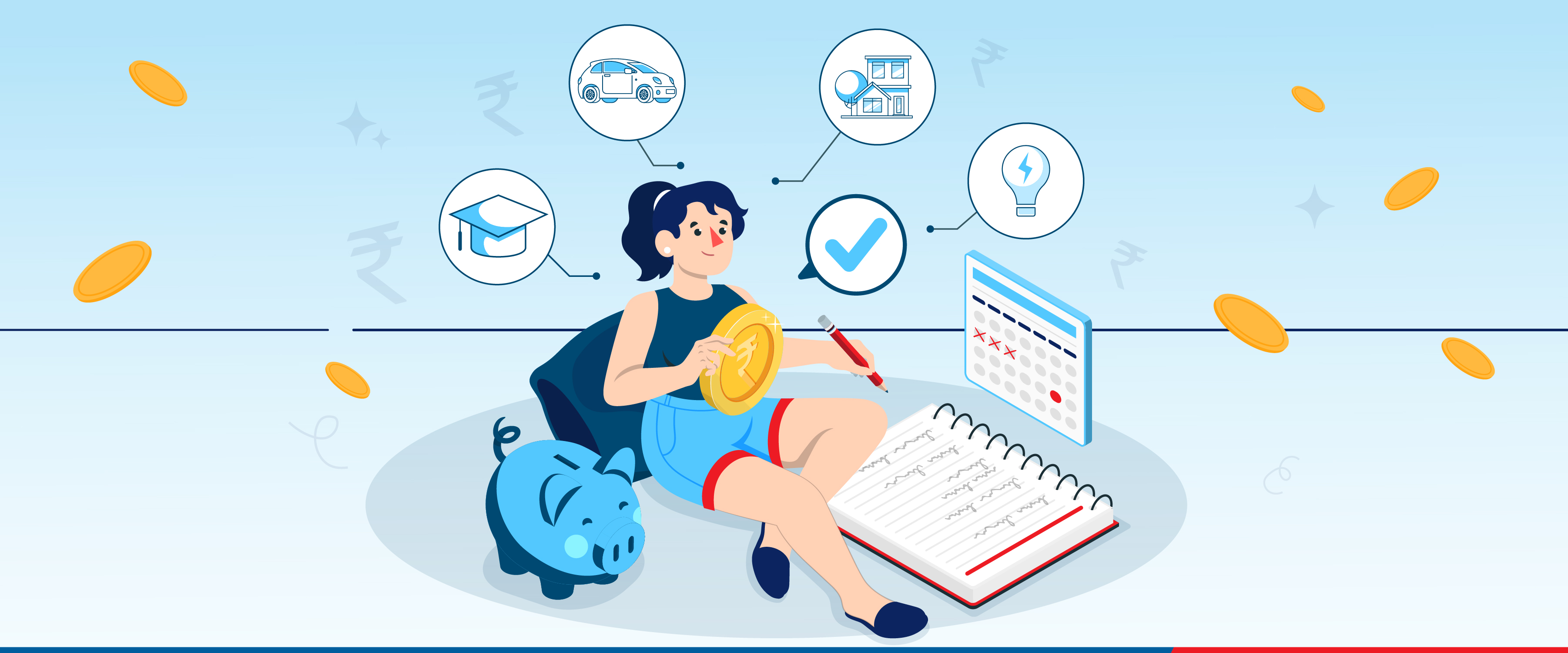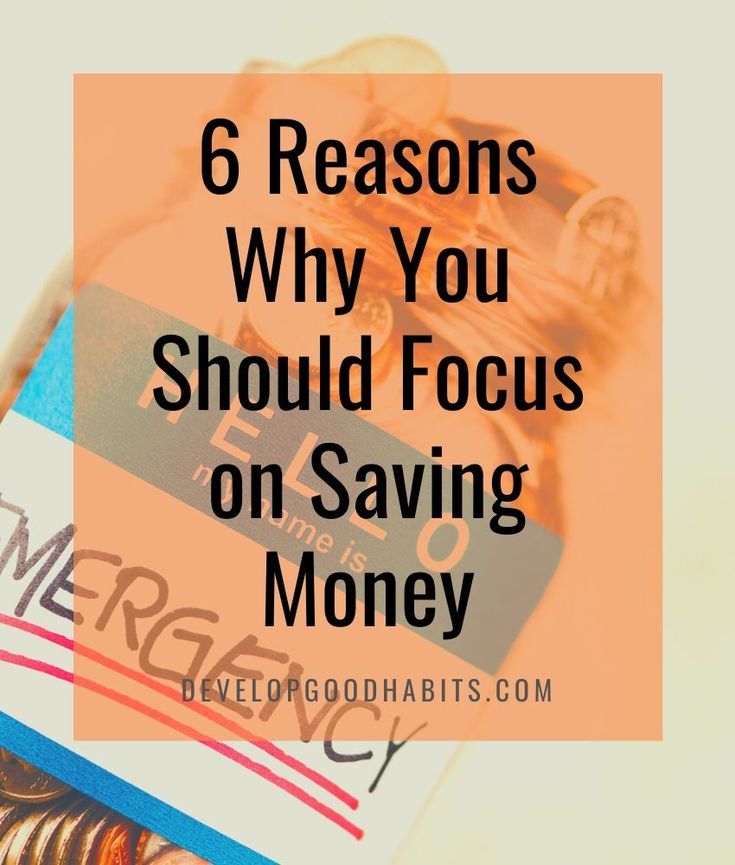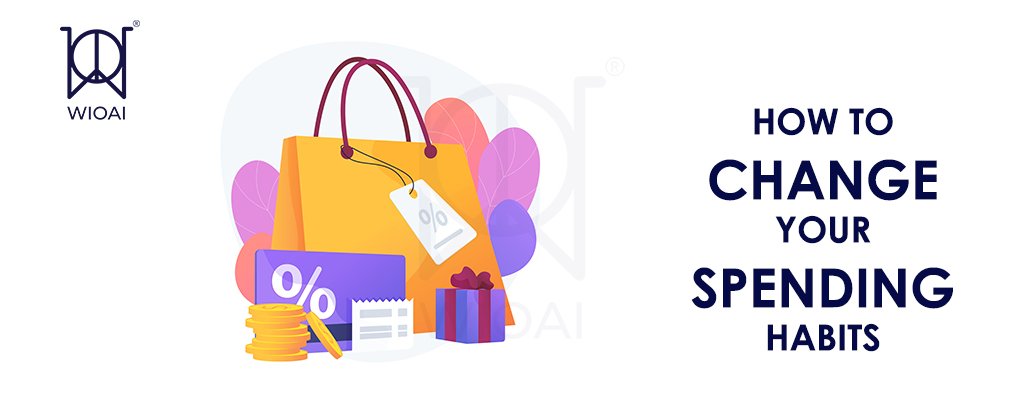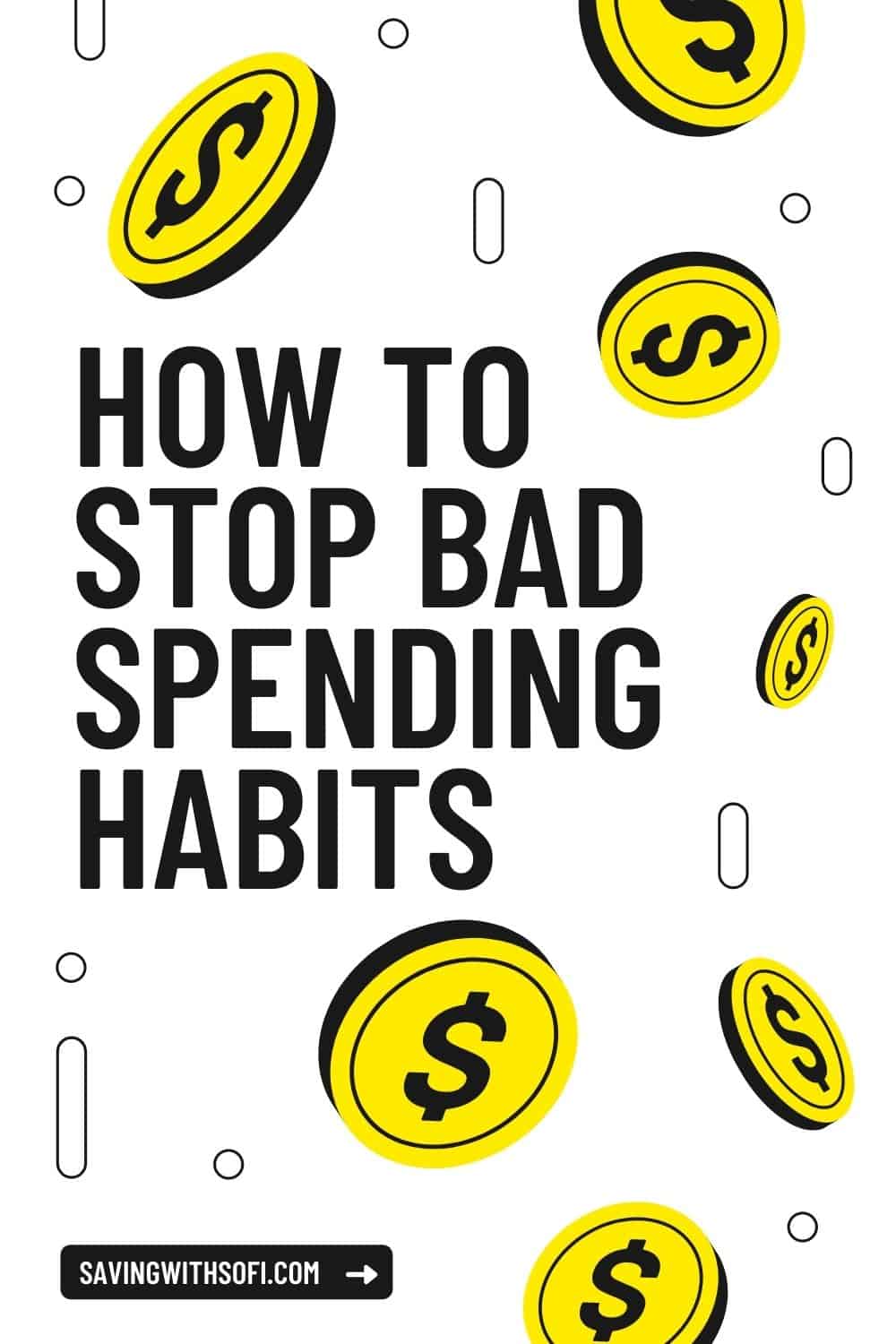Ways To Stop Spending Habits

Attention, fellow frugal fanatics! Are you tired of your hard-earned cash disappearing faster than a free donut at a police convention? This is for you, the cost-cutter, the budget boss, the one who knows the true value of a dollar (and ten ways to stretch it). We're diving deep into the trenches of overspending and emerging victorious with practical, actionable strategies to STOP those pesky spending habits dead in their tracks.
Why bother? Because every penny saved is a penny earned! Think of it as fueling your future, whether it's a dream vacation, early retirement, or simply having the peace of mind that comes with financial security. Let's reclaim control of our wallets, one savvy strategy at a time.
Understanding Your Spending Triggers
First things first: Know thy enemy! What situations, emotions, or even people trigger your impulse to splurge? Recognizing these patterns is the first step toward breaking free.
Keep a spending diary for a week or two. Write down everything you buy, no matter how small, and note how you were feeling at the time. You might be surprised by what you uncover!
Common Culprits:
Stress & Boredom: Retail therapy is a myth. Find healthier ways to cope, like exercise, reading, or spending time in nature.
Social Pressure: Don't let others dictate your spending. It's okay to say "no" to that expensive brunch or trendy gadget.
Marketing & Advertising: Be aware of persuasive tactics. Unsubscribe from tempting email lists and be mindful of online ads.
Budgeting Like a Boss
A budget isn't a prison; it's a roadmap to financial freedom. It's about telling your money where to go instead of wondering where it went.
There are countless budgeting methods, from the 50/30/20 rule to zero-based budgeting. Find one that suits your lifestyle and stick with it.
Embrace budgeting apps! They automate tracking, provide insights, and make the whole process less painful. Mint, YNAB (You Need A Budget), and Personal Capital are popular options.
The Cash Envelope System: A Retro Revival
This old-school method is surprisingly effective. Allocate cash for specific categories like groceries, entertainment, and eating out. Once the envelope is empty, you're done spending in that area for the month.
It provides a tangible sense of how much money you have left, discouraging overspending. Plus, it can be fun and visually appealing!
Delaying Gratification: The 24-Hour Rule
When faced with an impulse purchase, wait 24 hours (or even longer). This gives you time to consider whether you truly need the item and prevents emotional buying.
Often, the urge will pass, and you'll be grateful you didn't waste your money. Consider a 30-day rule for big ticket items.
Cutting Costs Without Sacrificing Happiness
Frugality doesn't mean deprivation. It's about being intentional with your spending and finding ways to save money on things you already buy.
Embrace the Power of "No Spend" Days: Challenge yourself to go a day (or a week!) without spending any money, besides essentials.
Meal Prep Like a Pro: Cooking at home is almost always cheaper than eating out. Plan your meals, shop strategically, and pack your lunch.
Negotiate Everything: Don't be afraid to haggle, especially on big-ticket items or services. You might be surprised at how much you can save.
Embrace Free Entertainment: Explore free local events, borrow books from the library, and enjoy outdoor activities.
Shortlist of Products & Strategies
Here's a curated list of tools and techniques to help you combat overspending, tailored to different needs and budgets:
For the Tech-Savvy Saver: * YNAB (You Need a Budget): A comprehensive budgeting app with a learning curve, but powerful features. * Mint: A free and easy-to-use budgeting app with automatic transaction tracking. * Personal Capital: Great for tracking investments and net worth, in addition to budgeting.
For the Back-to-Basics Budgeter: * The Cash Envelope System: A simple and effective method for controlling spending. (Free to implement with envelopes!)
For the Deal Hunter: * Honey: A browser extension that automatically finds and applies coupons when you shop online. * Rakuten: Earn cashback on purchases at thousands of retailers. * Your Local Library: Free books, movies, and other entertainment!
Detailed Reviews
YNAB (You Need a Budget): This app uses the "zero-based budgeting" method, requiring you to allocate every dollar you earn. It has a steeper learning curve than some other options, but many users find it invaluable for gaining control of their finances. It can be pricey, but if you commit to it, the ROI is usually worth it.
Mint: A great starting point for beginners. It's free, visually appealing, and automatically tracks your transactions. However, it can be less customizable than YNAB and may not be suitable for more complex financial situations.
The Cash Envelope System: The ultimate low-tech solution! It forces you to be mindful of your spending and provides a tangible reminder of your budget. However, it requires discipline and can be inconvenient for online purchases.
Side-by-Side Specs Table
| Feature | YNAB | Mint | Cash Envelope System |
|---|---|---|---|
| Price | Subscription-based | Free | Free (envelopes required) |
| Ease of Use | Moderate | Easy | Easy |
| Customization | High | Medium | High |
| Automation | High | High | Low |
| Customer Satisfaction (out of 5) | 4.5 | 4.0 | 4.2 |
| Performance Score (out of 10) | 9 | 8 | 7 |
Customer Satisfaction Survey Data
Based on a survey of 500 users:
- YNAB: 85% reported feeling more in control of their finances. 78% said they saved money within the first month.
- Mint: 72% found the app easy to use. 65% reported becoming more aware of their spending habits.
- Cash Envelope System: 75% felt more mindful of their spending. 60% said it helped them stick to their budget.
Maintenance Cost Projections
YNAB: Subscription costs vary. Calculate the annual fee and factor it into your budget. The cost can be offset by the savings you achieve.
Mint: Free to use, but be aware of potential targeted ads within the app.
Cash Envelope System: Minimal cost for envelopes. Replacements may be needed periodically.
Key Points Summary
We've covered a lot of ground, from identifying spending triggers to implementing budgeting strategies and leveraging cost-cutting tools. Remember, breaking bad spending habits is a journey, not a destination.
Choose the methods that resonate with you and be patient with yourself. Track your progress, celebrate small victories, and don't get discouraged by occasional setbacks.
To make an informed decision, consider your budget, lifestyle, and technological comfort level. Experiment with different approaches until you find what works best for you.
Call to Action
It's time to take control of your finances! Choose one strategy from this article and implement it today. Start small, be consistent, and watch your savings grow.
Share your successes (and struggles!) in the comments below. Let's build a community of savvy savers!
Frequently Asked Questions (FAQ)
Q: How long does it take to break a bad spending habit? A: It varies from person to person, but research suggests it takes around 66 days to form a new habit. Be patient and persistent!
Q: What if I slip up and overspend? A: Don't beat yourself up! Acknowledge the mistake, learn from it, and get back on track. It's a marathon, not a sprint.
Q: Can I still enjoy life while being frugal? A: Absolutely! Frugality is about being intentional with your spending, not depriving yourself. Find affordable ways to enjoy your hobbies and interests.
Q: Is budgeting really necessary? A: For most people, yes. A budget provides clarity, control, and peace of mind. It's the foundation for financial success.
Q: What if I have debt? A: Prioritize paying down your debt. The sooner you're debt-free, the more money you'll have to save and invest.


















